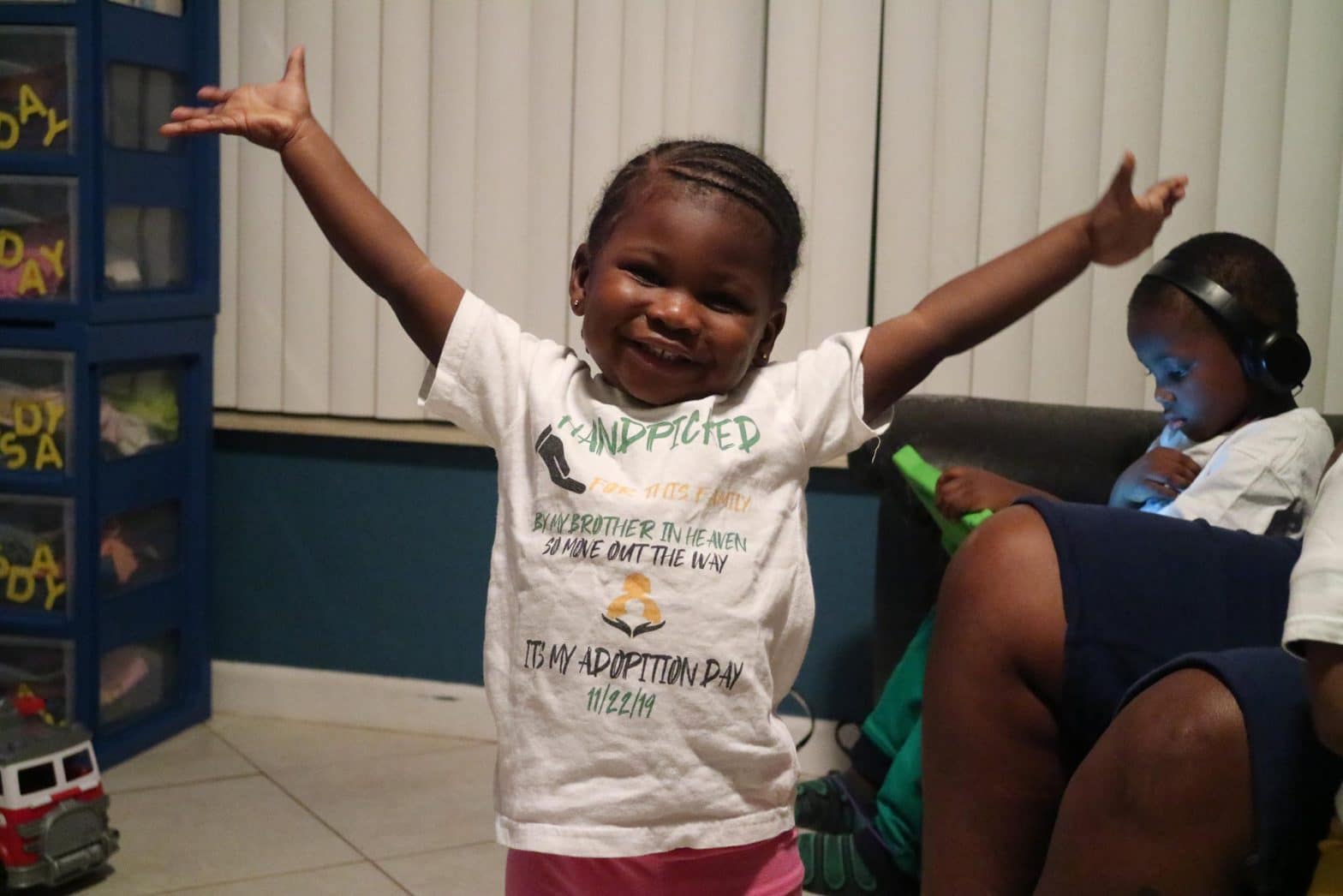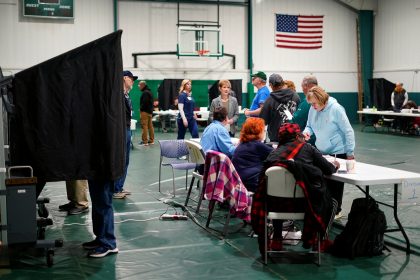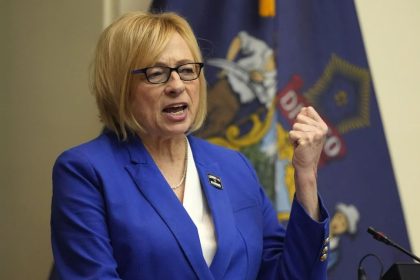Foster Care Adoptions Reach Record High

WASHINGTON — A record number of children in foster care are being adopted, partially a reflection of the continuing toll of the opioid crisis but also of efforts in many states to promote adoptions.
In fiscal 2018, the latest year for which data is available, more than 63,000 kids were adopted from foster care, up nearly a quarter from fiscal 2014. That number was an all-time high, according to the U.S. Adoption and Foster Care Analysis and Reporting System (AFCARS).
At the same time, the share of children leaving foster care for adoption increased, from 21% in fiscal 2014 to more than 25% in 2018.
Adoptive parents are most interested in babies and toddlers, and 50% of the foster care children who were adopted in fiscal 2018 were under age 5.
On the one hand, the increase in adoptions is good news, child welfare experts say. Children do best when they remain in a stable household, instead of being bounced from one foster family to another or placed in a group home. When it’s not safe for them to be with their biological parents, the next best option is a home with adoptive parents.
On the other hand, the spike in adoptions is another sign of the chaos wrought by the opioid crisis. In the past decade, thousands of kids whose parents are struggling with addiction to opioids or other drugs — or whose parents have died from overdoses — have been removed from their homes and placed in foster care, which has increased the adoption numbers.
“If I could wave a magic wand and get rid of substance abuse, there wouldn’t be enough work,” said David Gooding, a judge overseeing child welfare cases in the 4th Circuit Court of Florida.
“Parents come in using everything from methadone to heroin to methadone and heroin at the same time, to cocaine and marijuana.”
For the first time since fiscal 2012, the number of children in foster care in the United States declined slightly in 2018, to 437,000. That’s a 6% increase from the number of children in foster care in fiscal 2010, before the opioid crisis escalated.
But the increase over the past decade has been much more dramatic in the states hit hardest by the opioid epidemic. In Ohio, for example, the number of children in foster care increased by nearly 32% between fiscal 2010 and 2018, to nearly 16,000, according to AFCARS data. During that same time, adoptions from foster care increased by 9%, to nearly 1,600.
Meanwhile, fewer children are being reunited with their parents and primary caretakers when they leave foster care. In fiscal 2011, 52% of children leaving foster care (126,000) were reunited with their parents or primary caretakers, according to AFCARS data. With the opioid epidemic, that percentage has declined to 49% in fiscal 2018.
“Parents disappear, and we can’t find them,” Gooding said. “Or sometimes a parent chooses a better future for their child by surrendering their parental rights.”
In West Virginia, another state hit hard by opioid addiction, the number of children in foster care increased to more than 7,100 in fiscal 2018, up nearly 74% from 2010, according to AFCARS data. During that same time, adoptions from foster care more than doubled, up 111% to 1,400.
But that increase has little to do with state efforts to promote adoption, said Marissa Sanders, director of the West Virginia Foster, Adoptive and Kinship Parents Network.
Rather, Sanders said, the skyrocketing foster care adoption numbers have everything to do with the state’s catastrophic opioid epidemic. “It’s affected the whole system,” Sanders said. “We’re flooded with these cases. Everyone is struggling.”
In Louisiana, which also has been hit hard by the opioid epidemic, the number of children in foster care increased slightly, up 2% between fiscal 2010 and 2018, to nearly 4,600, according to AFCARS data. But adoptions from foster care were up 41% since fiscal 2010 to more than 900 in 2018.
One bright spot has been an uptick in the number of adoptions of kids such as sibling groups and teens, who are harder to place.
Louisiana officials now assign a recruiter to find a home for each child, often by canvassing extended family and friends. Adoptions among those kids jumped more than 30% in the past year, according to the state.
For the past two decades, the federal government has been paying states incentives for increasing the number of foster children and youth who find permanent homes through adoption. In 2014, the program was expanded to include incentives for permanent guardianship.
“There is a federal fiscal incentive for states to get these kids permanency,” said Ana Beltran, special adviser for Generations United, a Washington, D.C.-based family research and advocacy group.
Whether they’re former foster parents or extended family members, adoptive parents need family preservation services, too, said Mary Boo, executive director of the North American Council on Adoptable Children, a St. Paul, Minnesota-based advocacy group.
Roughly 1% to 5% of adoptions fail, with kids ending up back in foster care, according to a 2012 report from the U.S. Children’s Bureau.
Kids in foster care typically have experienced serious abuse, neglect and trauma, which affect both brain development and their ability to have relationships with their new family, Boo said. And that often means different parenting techniques are needed — and adoptive parents need training to meet those needs, according to Boo.
For example, for children who were abandoned by their biological parents, a timeout can be traumatic, because they fear they’re being abandoned again, Boo said. Adoptive and foster parents need ongoing training to help them navigate the intricacies of parenting traumatized children, along with the help of peer support groups and mental health services to deal with the trauma, she said.
“We want to make sure that states are thinking about family preservation also for adoptive families,” Boo said. “We know it’s best for kids to be in families — but in families that have the resources and knowledge to help them grow and thrive.”
———
©2020 Stateline.org
Visit Stateline.org at www.stateline.org
Distributed by Tribune Content Agency, LLC.























